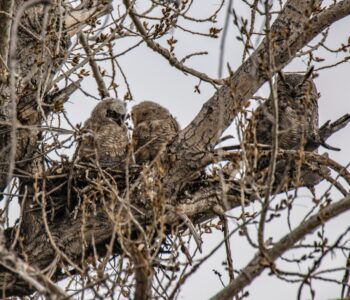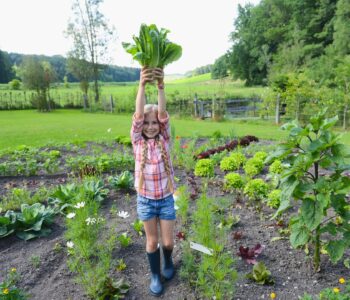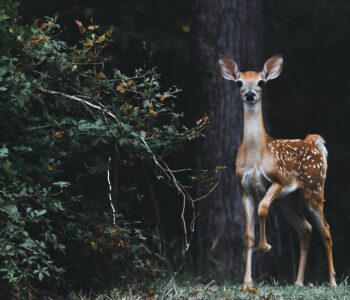 Nature Crafts
Nature Crafts
Spring Flower Power!
Spending a lot of time exploring outdoors is a top priority in our family. There is most definitely a correlation between how much time we spend outdoors and the behavior of my kids: more = better! Since spring has arrived, we have been outside every day smelling (and picking) dandelions, violets, daffodils, and all the wonderful flowers that are blooming. It has been so great to run around and stretch our legs. We have also spent loads of time just observing all that is sprouting and blooming going on around us.
Here’s a great activity for your little sprouts (as excerpted from the “First Nature Activity Book):
Pressing flowers is a simple and magical way of preserving beautiful flowers and leaves so they last forever. Flowers with flat faces are best such as pansies, primroses, and daisies. Pick flowers that are dry and press them right away so they maintain their color.
Equipment:
Scissors
Heavy books
White paper for blotting
1. Open the book. Cut out a piece of blotting paper about the same size as the open book you will use. Fold the paper in half then open it out.
2. Lay the blotting paper across the book. Arrange the flowers flat on the right half of the paper, leaving space between them.
3. Carefully fold the left side of the blotting paper over the flowers. Then close the book over the blotting paper.
4. Put some heavy books on top of the book to weigh it down. Leave the plants to dry for at least four weeks.
After four weeks, they can be glued into a nature diary, onto a card for Mom (an especially nice idea!), or a picture to hang in your child’s room. The nice thing is that you will have the flowers to enjoy long after they have finished blooming outside.




